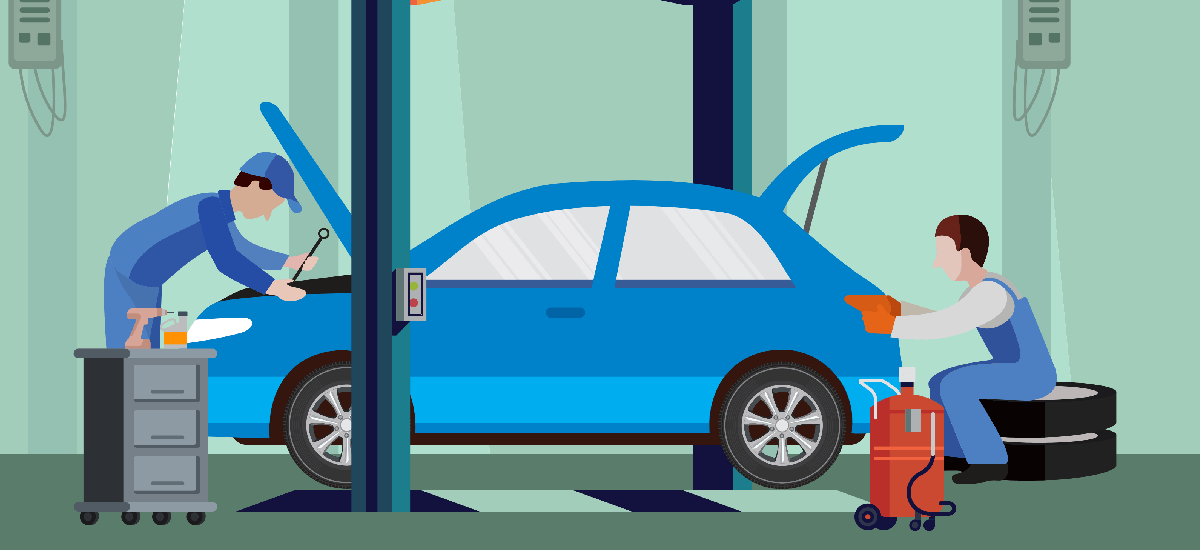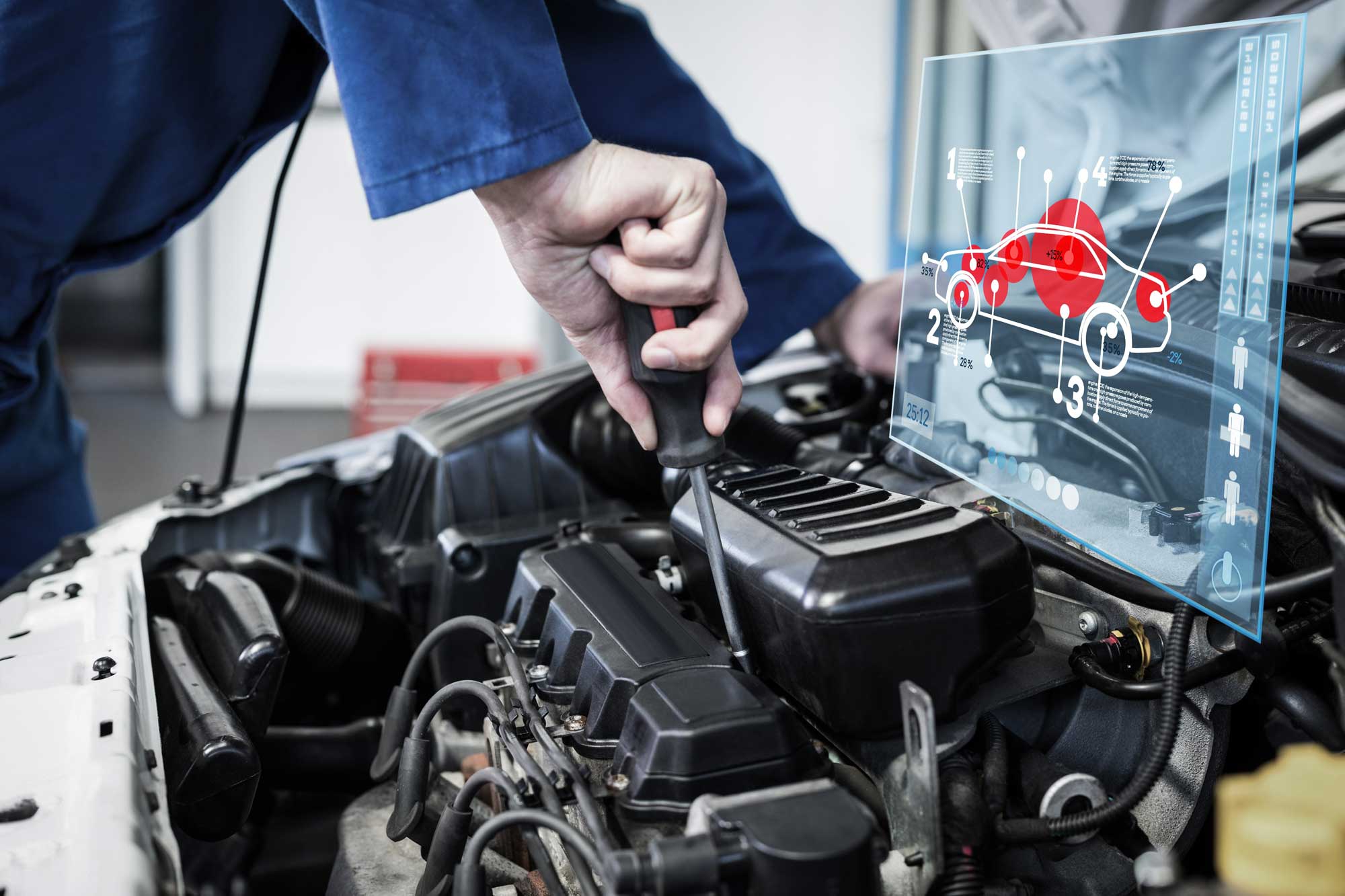All Categories
Featured

When it pertains to lorry repair work or upgrades, among one of the most important decisions you'll encounter is whether to select Original Devices Supplier (OEM) parts or aftermarket parts. Both options supply unique benefits and disadvantages, so comprehending the differences in between them is necessary for making an educated decision. In this write-up, we'll check out the advantages and restrictions of OEM and aftermarket components to help you make a decision which is finest suited for your automobile.
What Are OEM Parts? OEM parts are generated by the exact same maker that made the original components in your lorry. These parts are made to fulfill the exact specs of your cars and truck, ensuring they are a precise fit and supply the exact same efficiency as the parts that included the automobile when it was first built. OEM parts are frequently thought about the "factory criterion" because they come straight from the vehicle's supplier or an accredited supplier.

One of the primary advantages of making use of OEM parts is their assured high quality. Given that these parts are made to the very same standards as the originals, they commonly give an ideal fit and dependable efficiency. In addition, lots of OEM parts include a guarantee, giving you comfort that you'll be secured in instance of issues.
What Are Aftermarket Parts? Aftermarket components are made by third-party producers that are not affiliated with your car's initial producer. These parts are created to fit a wide variety of automobiles and are typically more economical than OEM parts. Aftermarket components can be utilized for routine repair services or upgrades, and they often supply a wider variety of choices compared to OEM parts.

The major charm of aftermarket parts is their cost. They are normally priced lower than OEM components since they are created by independent producers. Furthermore, aftermarket components might offer better efficiency or additional attributes not offered in OEM options. Aftermarket exhaust systems, brake pads, and suspension parts typically provide renovations in performance or visual appeals that may not be discovered in OEM parts.
Advantages of OEM Parts. Accuracy and Compatibility: OEM components are created specifically for your car's make and design, ensuring they fit completely and perform to the exact requirements required. Warranty Insurance Coverage: Numerous OEM components come with warranties, supplying coverage in case of flaws or early failure. Top quality Guarantee: Because OEM parts are made by the original manufacturer, they go through the exact same strenuous top quality control requirements as the parts set up in your automobile when it was first developed. Resale Worth: If you intend to offer your cars and truck, having OEM parts can aid preserve its resale worth, as prospective buyers may be more interested in a vehicle that has actually been repaired with initial components. Benefits of Aftermarket Components. Cost Financial savings: Aftermarket components are usually more economical than OEM components, which can be a substantial benefit if you get on a spending plan or wish to conserve cash on repair work. Range and Customization: Aftermarket components give a larger variety of options, including performance upgrades and visual improvements. For instance, if you want to boost horsepower or boost your car's appearance, aftermarket choices can supply unique remedies. Availability: Aftermarket components are commonly easier to locate than OEM components, particularly for older cars that might no longer have easily offered OEM parts. Performance Improvements: Some aftermarket parts are developed with performance in mind, such as high-performance brakes, air filters, or exhaust systems. These parts can boost your lorry's overall performance and driving experience. Downsides of OEM Parts. Higher Cost: One of the most substantial disadvantage to OEM parts is their price. They are usually extra costly than aftermarket alternatives, which can build up promptly if your car needs numerous repair work. Minimal Customization: OEM components are made to restore your automobile to its initial requirements, meaning they may not offer the exact same range of personalization choices as aftermarket components. Accessibility Concerns: Relying on the age of your car, particular OEM parts may be harder to locate or discontinued, making repairs harder. Drawbacks of Aftermarket Components. Inconsistent High quality: While numerous aftermarket components are of high quality, others may be poorly made or lack the longevity of OEM components. It is necessary to look into the supplier and read reviews to make certain the top quality of the component you're considering. Fitment Issues: Aftermarket parts are created to fit a large range of automobiles, yet they may not always provide the excellent fit that OEM components ensure. This can lead to setup concerns or suboptimal performance. No Surefire Guarantee: While some aftermarket parts include warranties, they may not be as detailed or long-lasting as those supplied by OEM components. Sometimes, making use of aftermarket parts could likewise influence your vehicle's guarantee coverage if it's still active. Just how to Determine In Between OEM and Aftermarket Components. The decision between OEM and aftermarket parts eventually depends on your details needs, choices, and budget. Right here are a few considerations to assist direct your selection:
Spending plan: If saving money is a priority, aftermarket parts are typically the more affordable alternative. Be mindful that cheaper parts may not last as long as OEM elements, which might result in higher costs down the road. Lorry Age and Condition: For newer automobiles, especially those under guarantee, it's often a good concept to pick OEM parts to keep the car's integrity and preserve its resale value. For older cars, aftermarket components might be a lot more functional, especially if the lorry is no more under warranty or if you're trying to expand its life-span with cost-effective options. Fixing Kind: Particular crucial repair work, particularly those relevant to security (brakes, airbags, and so on), are best handled with OEM parts to make certain the greatest level of safety and security and efficiency. For non-essential repair work or alterations, aftermarket parts can offer an excellent balance of high quality and cost. Efficiency and Personalization: If you're trying to find efficiency upgrades or unique personalization options, aftermarket components may be the most effective option. Lots of aftermarket producers layout parts particularly for improving your automobile's capabilities, whether it's for better efficiency or looks. Conclusion. Both OEM and aftermarket components have their pros and cons, and the best choice depends on your particular requirements and concerns. OEM components are optimal for maintaining the original high quality and efficiency of your vehicle, while aftermarket components use expense savings, personalization options, and a more comprehensive range of alternatives.
Latest Posts
Cool, Sip, and Enjoy at Shake Street
Published Apr 20, 25
1 min read
Safeguard Your Future with WyHy's Special Certification Options
Published Apr 20, 25
1 min read
Preventative Maintenance at Montclare Auto Repair: Keep Your Vehicle at Peak Performance
Published Apr 20, 25
2 min read
More
Latest Posts
Cool, Sip, and Enjoy at Shake Street
Published Apr 20, 25
1 min read
Safeguard Your Future with WyHy's Special Certification Options
Published Apr 20, 25
1 min read
Preventative Maintenance at Montclare Auto Repair: Keep Your Vehicle at Peak Performance
Published Apr 20, 25
2 min read